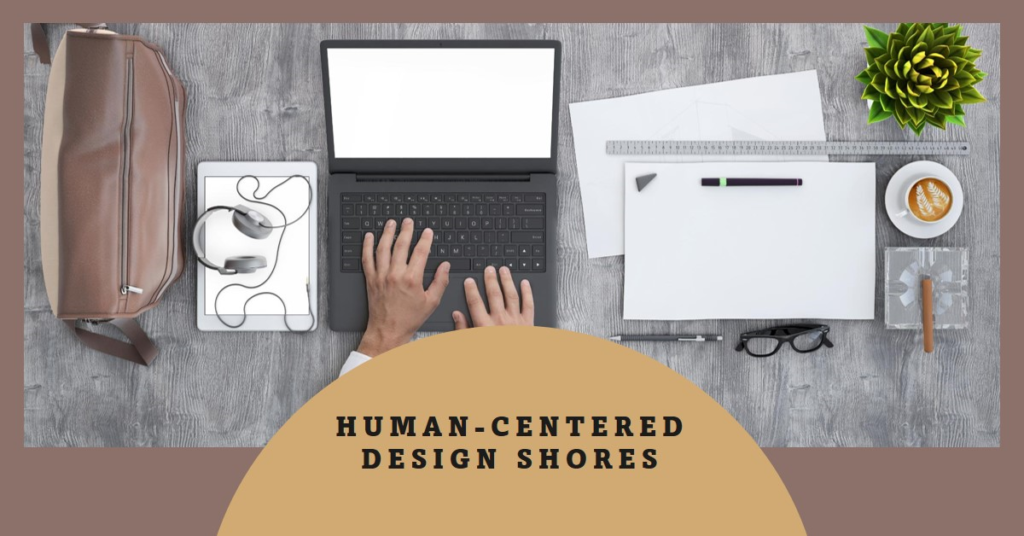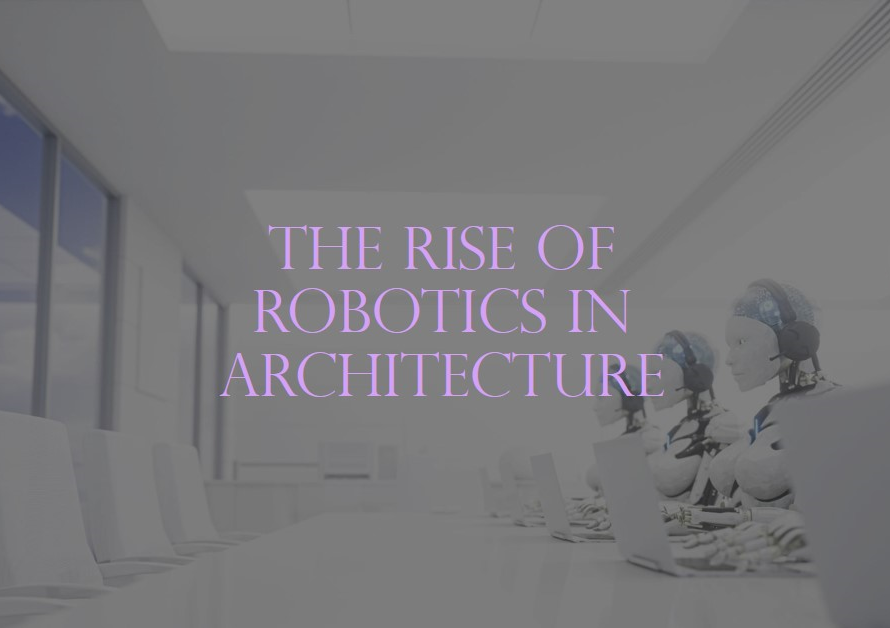
Table of Contents
- Introduction: Anchoring in Human-Centered Design
- Understanding the Core Principles of Human-Centered Design
- The Role of Empathy in Design: Walking in Users’ Shoes
- Collaborative Creativity: Harnessing Diverse Perspectives
- The Power of Prototyping: Turning Ideas into Tangible Solutions
- User Testing: The Crucial Step of Validation
- Iteration: Refining and Perfecting Designs
- The Impact of HCD on Business Success
- Real-World Applications: Case Studies in Human-Centered Design
- Conclusion: The Future of Human-Centered Design
Introduction: Anchoring in Human-Centered Design
Human-centered design (HCD) is a dynamic approach that prioritizes the needs, behaviors, and experiences of people throughout the design process. Unlike traditional methods that often focus on aesthetics or functionality alone, HCD seeks to create solutions that truly resonate with users. This method is essential in today’s rapidly evolving world where user satisfaction can make or break a product or service. Understanding the fundamentals and nuances of HCD is crucial for anyone involved in design, from architects and engineers to marketers and business leaders.
Understanding the Core Principles of Human-Centered Design
At the heart of HCD lie its core principles: empathy, collaboration, and iteration. Empathy involves understanding and sharing the feelings of users. Designers must immerse themselves in users’ experiences to gain deep insights into their needs and desires. This principle ensures that solutions are tailored to real-world problems.
Collaboration is another cornerstone of HCD. Effective design is rarely the work of a single individual. It requires the collective effort of diverse teams, including designers, users, and stakeholders. This collaborative approach fosters creativity and innovation, leading to more holistic and effective solutions.
The Role of Empathy in Design: Walking in Users’ Shoes
Empathy is more than just a buzzword in HCD; it is a critical practice. By engaging with users through interviews, observations, and immersive experiences, designers can uncover pain points and aspirations that might otherwise remain hidden. This deep connection with users helps designers create products and services that genuinely improve lives.
For instance, in healthcare design, understanding the emotional and physical challenges faced by patients can lead to innovations that enhance comfort and reduce stress. Similarly, in technology, empathizing with users can result in interfaces that are intuitive and accessible to people of all abilities.
Collaborative Creativity: Harnessing Diverse Perspectives
Human-centered design thrives on collaboration. Diverse teams bring a variety of perspectives, which is essential for identifying unique solutions. When team members from different backgrounds and expertise work together, they challenge assumptions and inspire each other, leading to breakthrough ideas.
Collaboration also extends beyond the design team. Engaging with users and stakeholders throughout the process ensures that the final product aligns with their needs and expectations. This inclusive approach not only fosters trust but also enhances the design’s relevance and impact.
The Power of Prototyping: Turning Ideas into Tangible Solutions
Prototyping is a pivotal phase in HCD. It involves creating tangible representations of ideas, which can range from simple sketches to functional models. Prototyping allows designers to test concepts quickly and gather feedback, making it easier to refine and improve solutions.
This iterative process is fundamental to HCD. By continuously testing and refining prototypes, designers can identify and address issues early, ensuring that the final product meets user needs effectively. Prototyping also encourages experimentation and risk-taking, which are essential for innovation.
User Testing: The Crucial Step of Validation
User testing is the process of evaluating a product by observing real users as they interact with it. This step is crucial for validating design choices and ensuring that the product is intuitive and effective. Through user testing, designers can gather valuable insights into how users perceive and interact with the product, revealing any usability issues that need to be addressed.
Effective user testing involves diverse user groups to ensure the product’s accessibility and appeal to a broad audience. It is an ongoing process that continues even after the product launch, helping designers make continuous improvements based on user feedback.


Iteration: Refining and Perfecting Designs
Iteration is the backbone of HCD. It involves revisiting and refining designs based on feedback and testing results. This cyclical process ensures that the final product is not just functional but also delightful to use. Iteration allows designers to continuously improve their work, adapting to changing user needs and technological advancements.
Each iteration brings the design closer to perfection, addressing any issues that arise and incorporating new insights. This relentless pursuit of excellence is what sets HCD apart, ensuring that the final product truly resonates with users.
The Impact of HCD on Business Success
Human-centered design is not just a method for creating better products; it is also a driver of business success. By focusing on user needs, companies can create products that stand out in the market, fostering customer loyalty and satisfaction. HCD can lead to increased sales, brand loyalty, and positive word-of-mouth, ultimately boosting the bottom line.
Moreover, HCD can enhance a company’s reputation as a customer-centric and innovative organization. This positive perception can attract top talent, foster partnerships, and open new market opportunities, driving long-term growth and success.
Real-World Applications: Case Studies in Human-Centered Design
Numerous companies have successfully implemented HCD, resulting in groundbreaking innovations. For instance, IDEO, a global design company, used HCD to create the first Apple mouse, revolutionizing how people interact with computers. Their empathetic approach ensured that the mouse was not only functional but also comfortable and intuitive to use.
Another example is Airbnb, which leveraged HCD to transform from a struggling startup to a global hospitality leader. By deeply understanding the needs of both hosts and guests, Airbnb created a platform that fosters trust and facilitates seamless travel experiences, setting a new standard in the industry.
Conclusion: The Future of Human-Centered Design
As we look to the future, the importance of human-centered design will only grow. In an increasingly complex and fast-paced world, the ability to create solutions that genuinely meet human needs is paramount. HCD offers a proven framework for achieving this, fostering innovation, and enhancing user satisfaction.
By embracing the principles of empathy, collaboration, and iteration, designers and businesses can create products and services that not only solve problems but also enrich lives. The future of design is human-centered, and those who adopt this approach will lead the way in creating a better, more user-friendly world.


